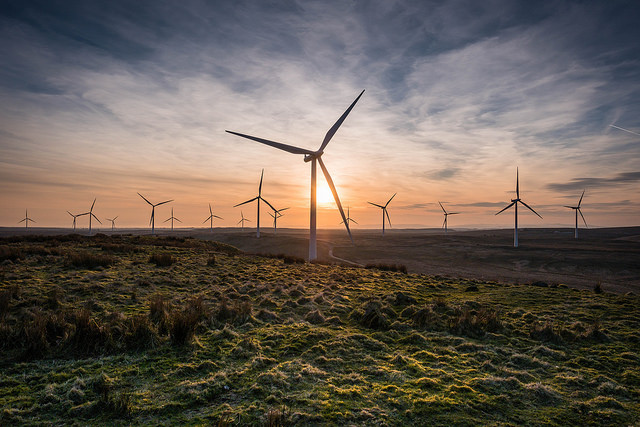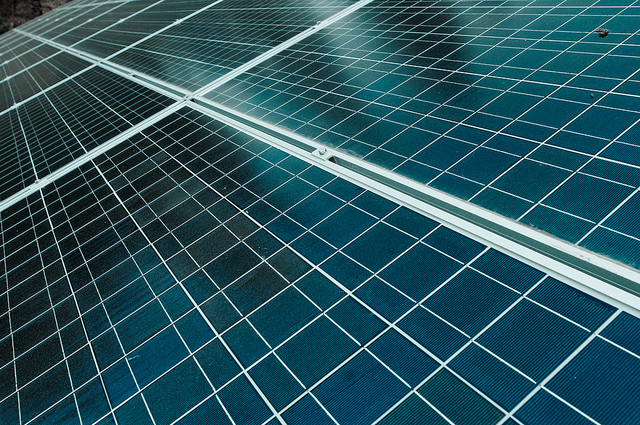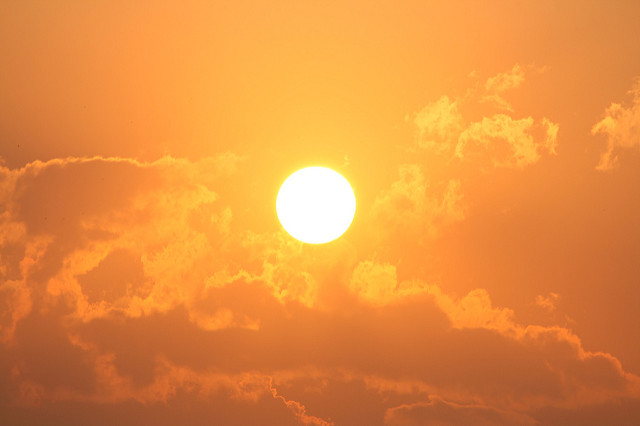How Alternative Energy is Becoming the New Standard
As the need for alternative energy becomes more pressing, creating a renewable power grid would be transformative for humankind. If we could power our way of life without polluting our environment, we could clean up our air as well as ensure a safe, habitable planet for future generations.
 Ian Dick - flickr.com
Ian Dick - flickr.com
But when we hear about "alternative" energy, we often think of taxpayer-funded subsidies.
Many assume that renewable energy sources might be clean, but not cost-effective. And by and large, that's true right now. In order to make it appealing for companies to invest in renewable energy, governments often provide generous subsidies to make the numbers work. According to the Hill, "[solar photovoltaic power] is not cost-competitive with conventional electricity, and cannot survive without massive subsidies."
 David Goehring - flickr.com
David Goehring - flickr.com
But even without subsidies, it's possible renewable energy will be viable in the near future.
Still, energy from renewable sources is getting cheaper. According to the Economist, in 2012, the cost-per-watt of capacity for solar power plant construction hovered at around $5. Compared to coal-fired plants ($3 per watt) and natural gas ($1 per watt), it's hardly a steal. But sunlight, unlike coal or gas, is free. And it's getting cheaper all the time. The Economist cites the principle known as Swanson's law, which suggests that "the cost of the photovoltaic cells needed to generate solar power falls by 20 percent with each doubling of global manufacturing capacity." In other words, the more we invest in renewable energy, the cheaper it becomes.
Then there's the reliability problem.
Some days are sunny and windy, but some aren't. The sun doesn't always shine, and the wind doesn't always blow. Powering an entire nation with renewable energy will require a way to efficiently store energy for a rainy day. It's not like you can just put electricity in a silo for later. Thus, sunny California routinely overproduces solar energy because its grid lacks efficient storage options. But things are looking up. According to the Economist, "the problem of reliability is the subject of intensive research. Many organizations, both academic and commercial, are working on ways to store electricity when it is in surplus, so that it can be used when it is scarce." However, the article acknowledges that change might come slower to China and India, where the grids aren't quite as advanced as in Western countries.
 Lima Andruška - flickr.com
Lima Andruška - flickr.com
As the technology becomes cheaper, market forces will start to favor free energy sources like the sun.
While subsidies are still currently necessary, the sooner we get serious about investing in the technology for renewable energy, the sooner we will reap the benefits of this important, green, and ultimately necessary transition to a clean energy future.
_2.png?auto=format&crop=faces&fit=crop&q=60&w=736&ixlib=js-1.1.0) Coors
Coors


